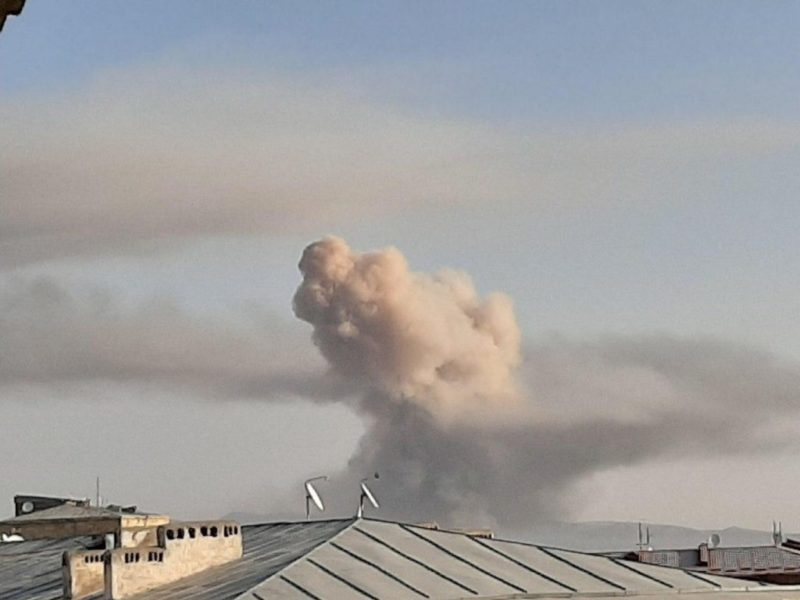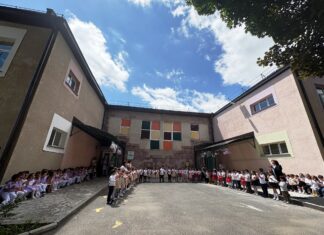STEPANAKERT — On September 27, a peaceful Sunday morning, residents and tourists alike in Artsakh awoke to the boom of artillery fire and the eerie buzz of Azerbaijani drones.
(Fighting near the border as captured on video above. Artsakh’s Army reports that Azerbaijan has sustained heavy losses.)
This cacophony marked the start of a full-fledged attack, as Azerbaijani howitzers opened fire along the entire line of contact, shelling multiple settlements including Stepanakert, Artsakh’s capital. In the wake of the renewed attacks, the Artsakh Ministry of Defense branded the Azerbaijanis aggressors and murderers at a press conference at 11 a.m. The Ministry of Defense reported that Azerbaijani artillery fire had struck arms caches and other military targets. They reported 10 civilian casualties, including one child, and called on every able-bodied man to fight.

For people in Artsakh, the escalation in hostilities was marked by confusion, fear and uncertainty. By quarter past seven, the cool morning air in Stepanakert became filled with the haunting drone of Azerbaijani unmanned aerial vehicles (UAV), and the shattering thunder of Artsakh’s artillery and anti-aircraft guns.
Holiday goer Lucy Vartevanian reported that her hotel room windows shook with each instance of artillery fire, as air raid warnings blared, and civilian vehicles sped through the city flashing their hazards and honking their horns. She assumed it was a training exercise. “I initially thought the shooting was part of a training exercise,” she explained, “but as the booms got louder, and warning sirens went off, I soon understood this wasn’t just practice.”









